|
敬请期待中文版 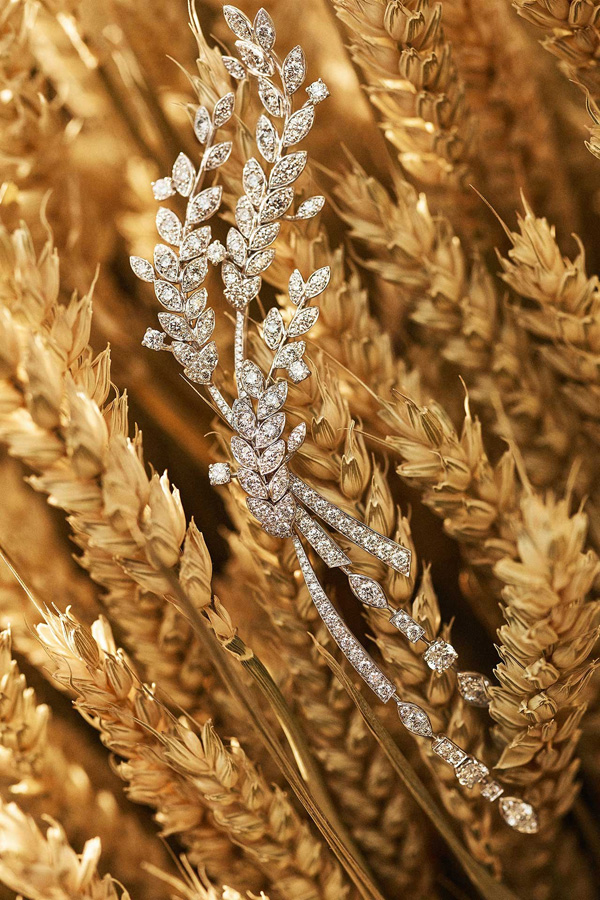 Chanel'sartistry celebrates Coco's love of nature and thecountryside Picture credit: Chanel Fancy cars, glossy people and the grandeur ofthe Hotel Ritz are the usual focus of the Place Vendôme in Paris.But sheaves of wheat in all their golden glory, filling up thesidewalks? Really? It was not the latest demonstration by angry French farmers, butrather an overwhelming back-to-nature story from the high jewelleryhouses in Paris. 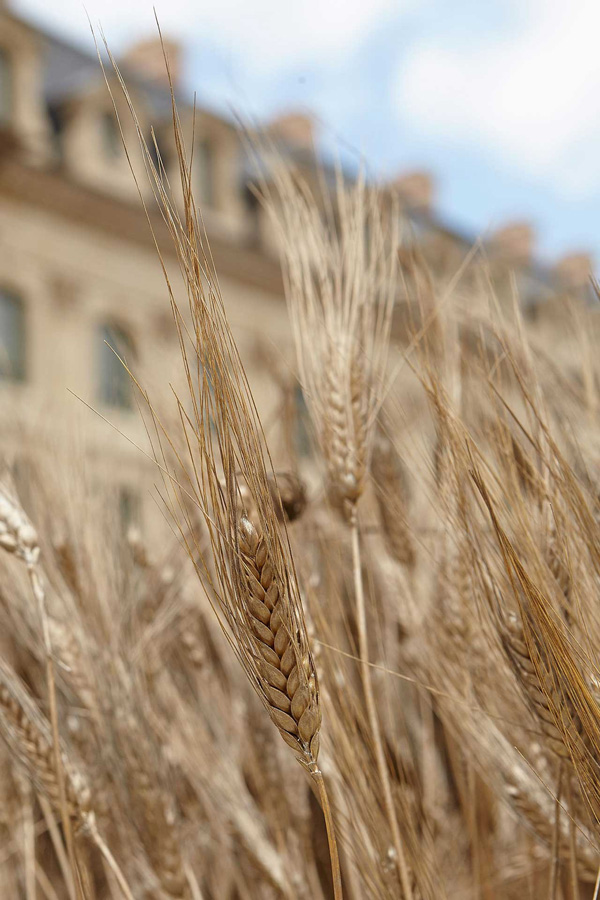 Sheaves ofwheat filled the grand Place Vendôme with their goldenglory Picture credit: Chanel The artistic wheat installation was a celebration by Chanel of Coco's love of nature and the countryside - even if herpermanent home was the Ritz. Wheat-inspired jewellery was displayedalongside a lush bed of satin covers and art pieces taken from herhome. Other high jewellers have already taken a country course -notably Chaumet, which staged a poetic event in the MuséeBourdelle, a Paris sculpture museum, and another display in itshistoric Place Vendôme home. There, a wheatsheaf tiara from 1810proved that le blé - as the French call this grain - haslong been an inspiration. Cartier's concept was a more prickly version of nature, with acactus inspiration - an original idea that started with creativejewellery director Nathalie Verdeille thinking about finding a newCartier flower, and finishing with spiky spines. 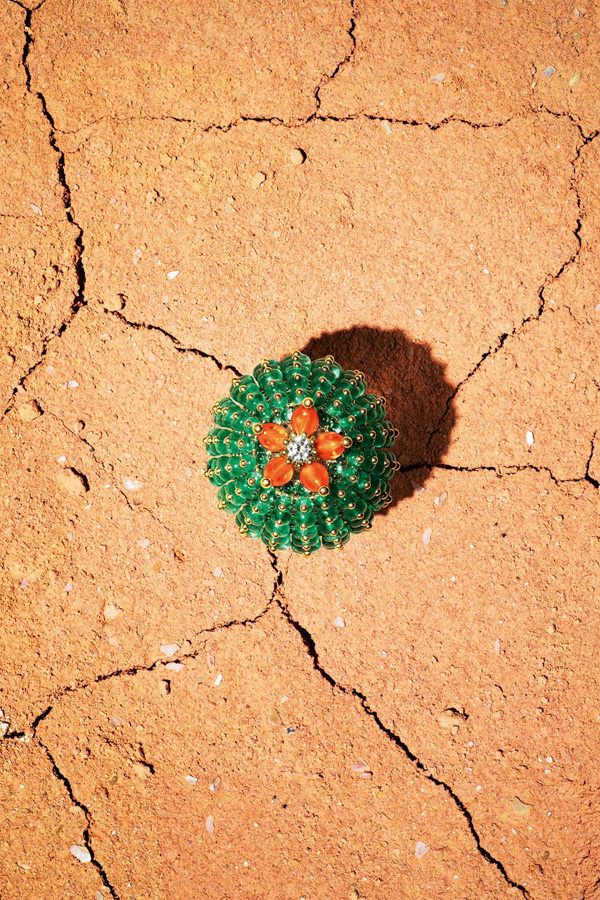 Cartier'sconcept was inspired by a rather more prickly natural phenomenon -the cactus Picture credit: Cartier Nature has, of course, long inspired fine jewellery in the formof flowers or birds. But for three such esteemed houses to look tofields rather than gardens reflects a general trend, in fashion asmuch as jewels, to go back to the good earth as a contrast to thewired world. The Nature of Chaumet 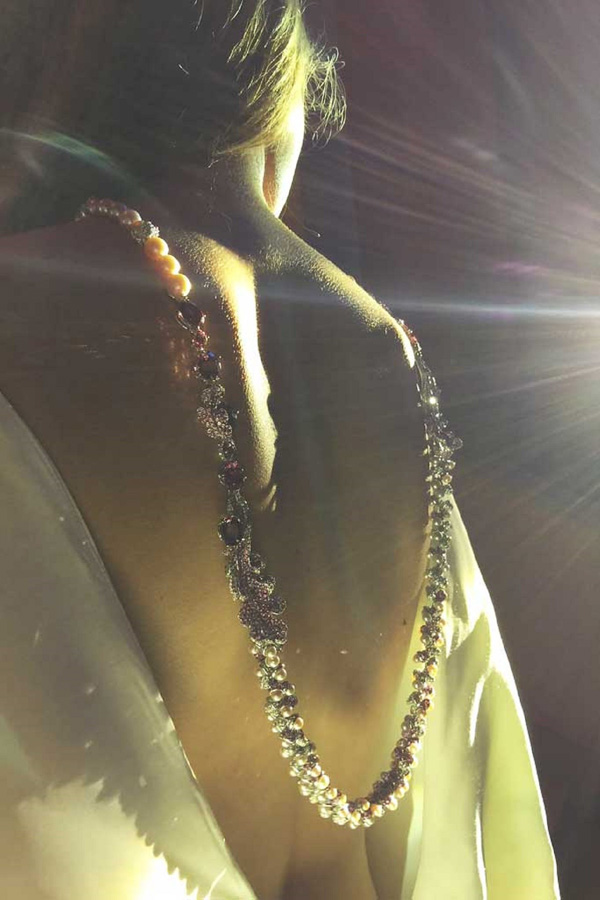 The glint ofprecious stones in tiaras and necklaces offered a gentle approachto jewellery Picture credit: Chaumet To offer greenery, a hefty tree and laurel-leafheadpieces as parting gifts in a straw bag was a clearstatement from Chaumet. This house's ability to turn a museum ofstone and sculpture into a graceful take on nature produced notonly tables groaning with fruit, but also models with the look ofGrecian maidens. White satin columns and a wink of precious stonesin tiaras or necklaces suggested a kind and gentle approach tojewellery. 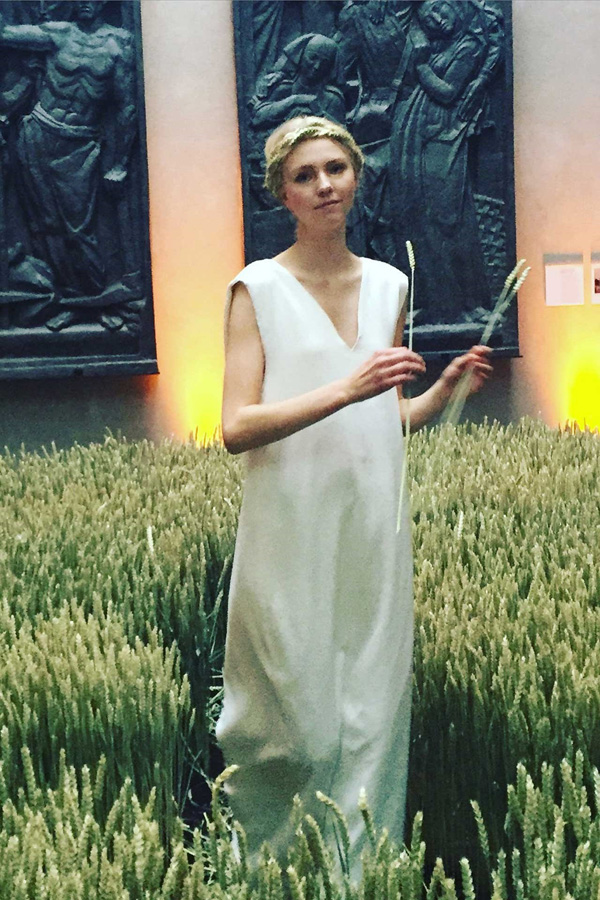 Chaumet'sgraceful take on the natural theme included models with the look ofGrecian maidens Picture credit: @SuzyMenkesVogue The next day, I went to Place Vendôme to study the newcollection up close. From an opening under an arch, dense withgreenery, the display was filled with floral sets - but with theeffect of wildflowers in blue, corn-golden, yellow and red, all thebetter to appreciate the quality of the stones. They included a 34.36 cushion-cut Burmese sapphire in awheatsheaf necklace of moonstones and marquise-cut diamonds. Aroundit, leaves were an eerie silver-grey, while a transformablenecklace of tourmalines, opals, and yellow and black sapphires wasshown in a blaze of red flowers. The corn was the most compelling story and clients - who havebeen sparse in the past six months since the terrorist attacks inParis, according to Chaumet CEO Jean-Marc Mansvelt - were back tofind peace and calm in this display. To me, the most extraordinary piece was shaded motifs ofwind-blown leaves in lavender-blue, violet and pink, created insculpted chalcedony and sapphires, and with pink spinels. Under the'leaves' nestles a tiny watch. Nature with a sophisticatedtouch. Chanel's Fine Fields A drawing of a wheatsheaf by Salvador Dalí for Coco Chaneldefines just how much that sophisticated but superstitious designerlooked back to the fields of her country childhood. 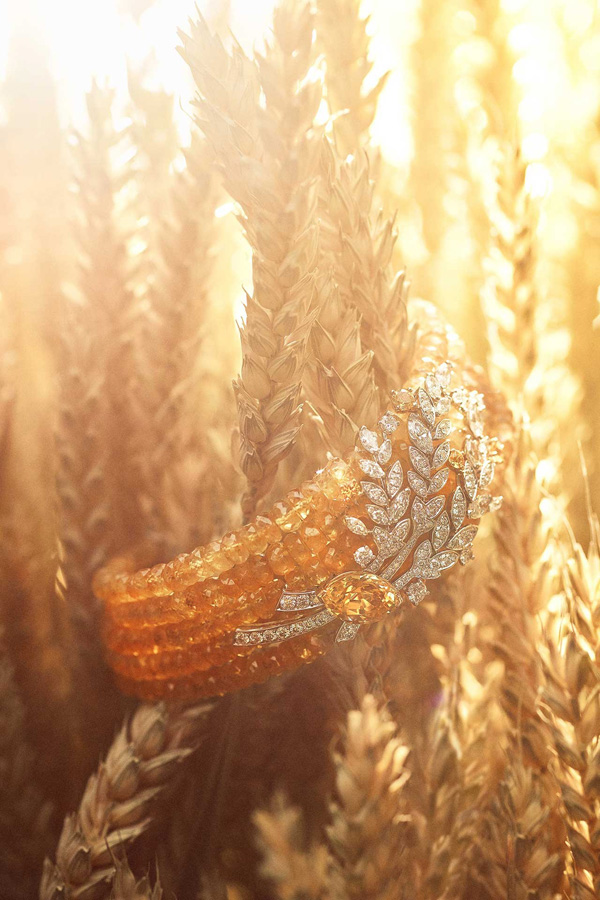 There wassomething magical about the delicacy of Chanel's hautejoaillerie Picture credit: Chanel So there was something magical about a sheaf of golden wheattied by a yellow sapphire, or a yellow-gold ring set with yellowdiamonds around a pear-cut orange centrepiece. Grains of 'wheat'were even used to create brooches as stalks of brilliant-cutdiamonds, or the wrap-round necklaces that have been emblematic ofthe Chanel repertoire since the 1930s. The delicacy of the Haute Joaillerie saved what might haveotherwise been kitsch, and made it into an art form. Just as thestreet artist Gad Weil, who turned the Champs-Elysées into anelongated garden in 2010, had brought the Place Vendôme back to itsdistant country roots. Prickly Pleasures The cactus on the front of Cartier's invitation gave away itsstory - but the stage-set of russet sand dunes made a dramaticbackdrop for these spiky jewels. It was a bold gesture to pickthe least romantic of flowers, ones which cannot be touched, whenso much of jewellery is seen as a symbol of love. Yet thatsharpness seemed in step with Cartier's signature leopard, and itshistory of edgy modernity. Golden cacti, with a geometric woven effect and a diamond floweron top, were made into rings, brooches and earrings. The quietcolours, like a dewdrop of diamonds, contrasted with vibrant lapislazuli. The display became more dramatic with contrasting vividshades - emeralds and chrysoprase, for example, topped off by fieryorange cornelian. 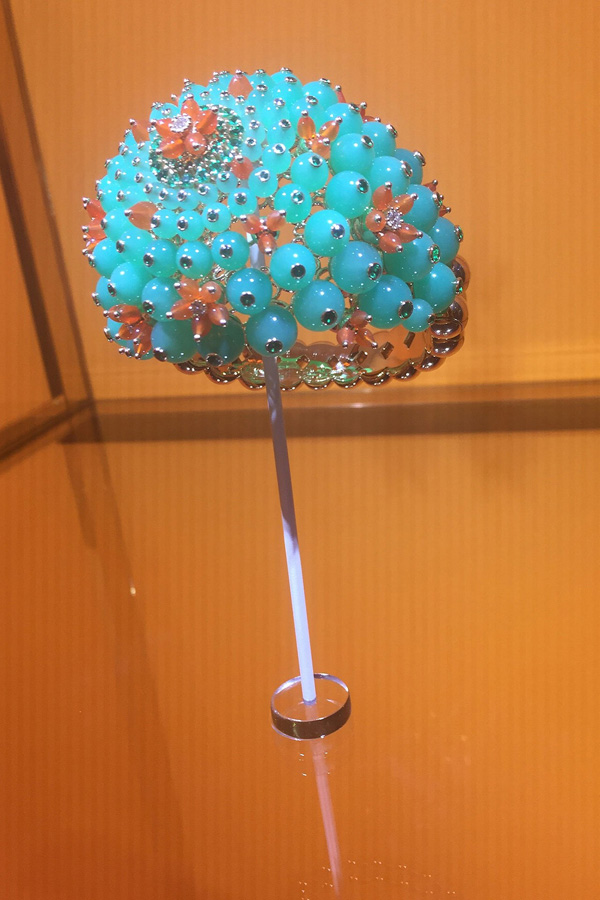 Cartier'scacti jewels used dramatic contrastinggemstones Picture credit: @SuzyMenkesVogue Inevitably, even though the colours might change and the cactusmight be extended into a bracelet with spiky shapes at either ends,or even presented as a necklet, the design effect wasrepetitive. Nevertheless, Cartier made up this intriguing trilogy ofjewellers which are currently putting nature first. (责任编辑:admin) |
